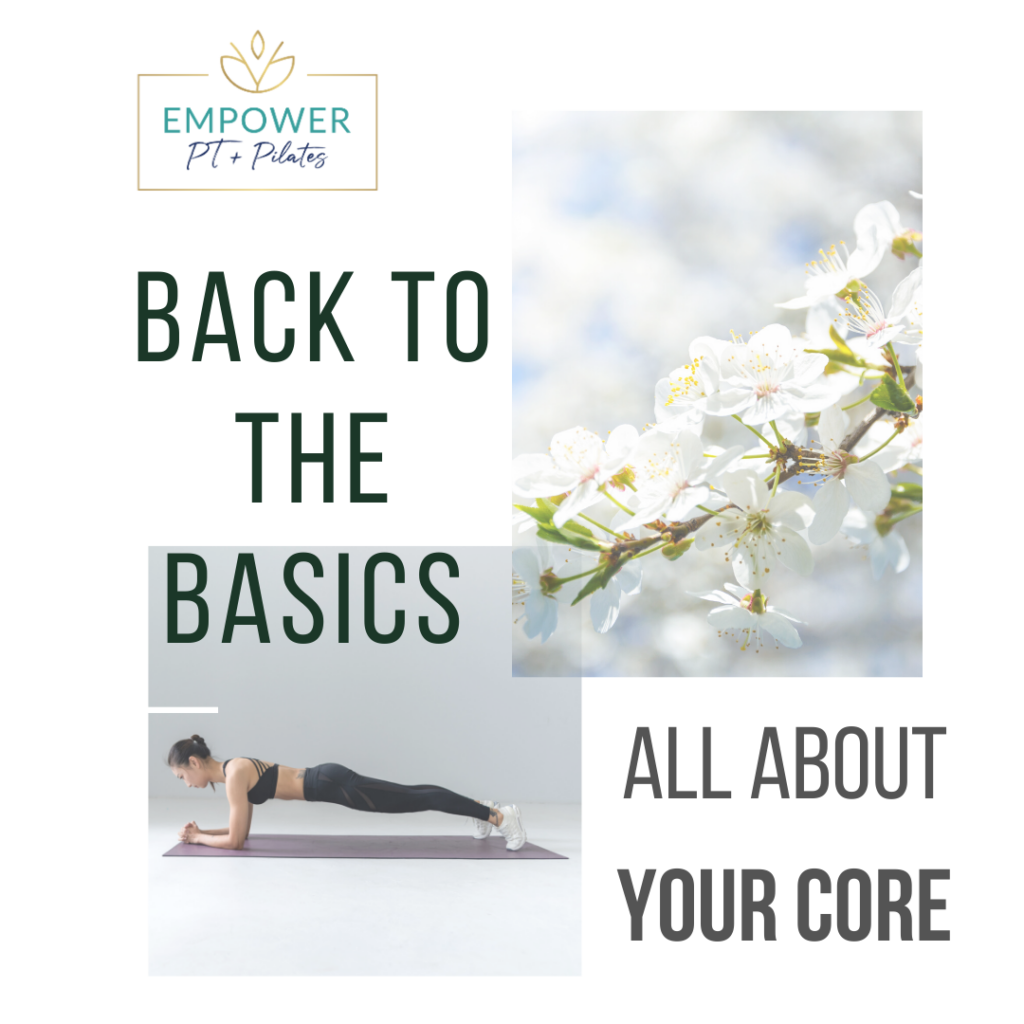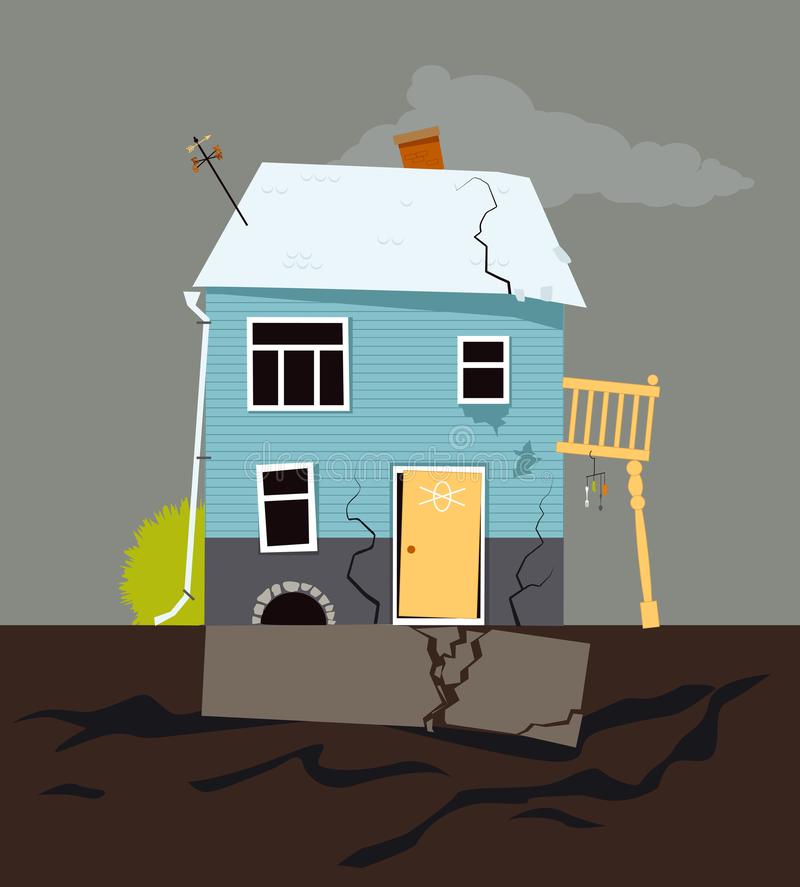
When it comes to your CORE, most of us need to go back to the basics to learn how to engage the core.
This is especially for YOU if you’re athletic…
You have probably heard of the core and been told that it should be a part of your workout routine… right?
I find this to be true for most of the people I see.
Everyone is aware that they need to add core strengthening or ab workouts into their life. However, most of them are doing exercises that are not beneficial and might even be harming them in the long run….
So we’ve heard about the core and we know we should do something about it…
But do we truly know what it is, why it’s important, how to connect, and what the most effective way is to strengthen and engage the core?
As a physical therapist and Pilates instructor I have a lot of people coming to me for low back pain, running injuries, pelvic floor dysfunction, and shoulder or knee injuries, and the common factor with MOST of these clients is that they have some sort of dysfunction with their “core”.
Usually, it starts with a lack of knowing what the core involves (hint: it’s not your six-pack), how to truly engage the core, and what exercises are best for it…
“What do you mean, don’t I just crunch??” Not exactly…
Ok, so what is the core?
The core consists of four muscle groups:
Your diaphragm, the transverse abdominis, your pelvic floor, and the muscles along your spine, called the multifidi. Together these all work and form a cylinder-like system, kind of like a soda can.
This is your inner core.

Your inner core system is responsible for regulating your intra-abdominal pressure as well as providing support, control, and stability to the spine and pelvis.
In other words, this system protects you and prevents you from getting injured or suffering from back pain, hip pain, or even knee or ankle pain.
And because most of us aren’t aware of the inner core, our brain isn’t telling it to do its job… at least not well. This results in other muscles jumping in to “help out” and provide extra stability and support when those core muscles aren’t.
This compensation leads to poor form, overworking muscles (maybe that “tightness” that you are feeling possibly in your hip flexors?), and eventually… pain.
Ok, so I hear you already asking, “Why should I care about this, I’m doing just fine with my workouts/running/daily activities?”
Everything might be all fine and good now, but months or years from now all of this compensation may catch up to you.

I’d like you to think of it as the foundation of a house.
If you have a massive crack in the foundation you would never know… you could continue making it pretty with a new roof, fresh paint, beautiful landscaping, etc.
Then one day, out of the blue, your basement walls come crumbling down. All the time, money, and effort you put in has now gone to waste.
All because (unknowingly) you were ignoring a major underlying issue that would have been very easily spotted by a home inspector or contractor and thus could have been dealt with appropriately, avoiding all of this.
If you have even minor back pain, hip “tightness”, any other aches or pains, had a baby, or had abdominal surgery… there is a high likelihood you have a crack in your foundation.
But no worries, this is something we can help you determine quickly.
If you’re concerned your aches and pains might be caused by a dysfunction in your core – apply for our FREE 30-minute Discovery Session (in person or virtually). In this session, you get to sit down with one of our specialists and get all of your questions and concerns answered – and there is zero commitment!
Just click here to apply.
+ view comments . . .